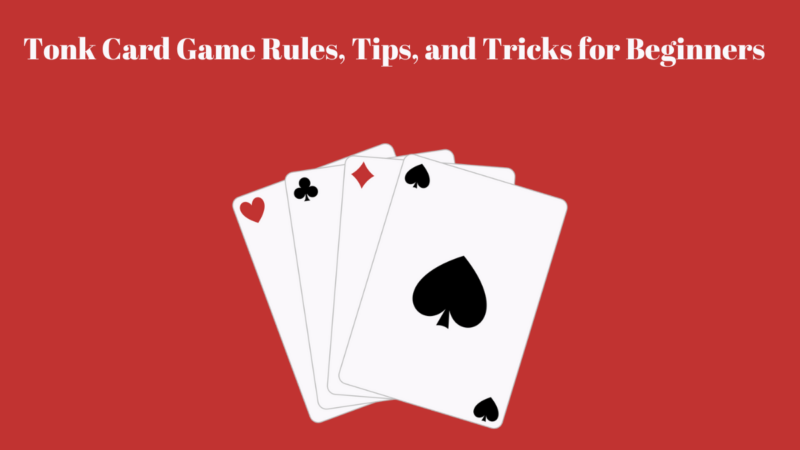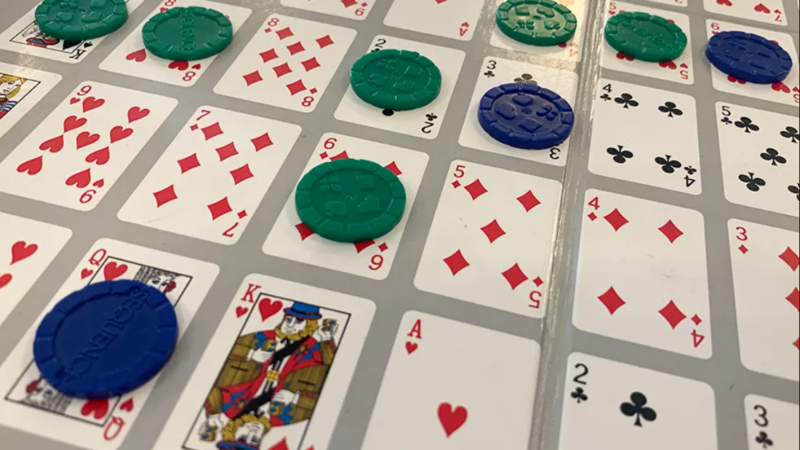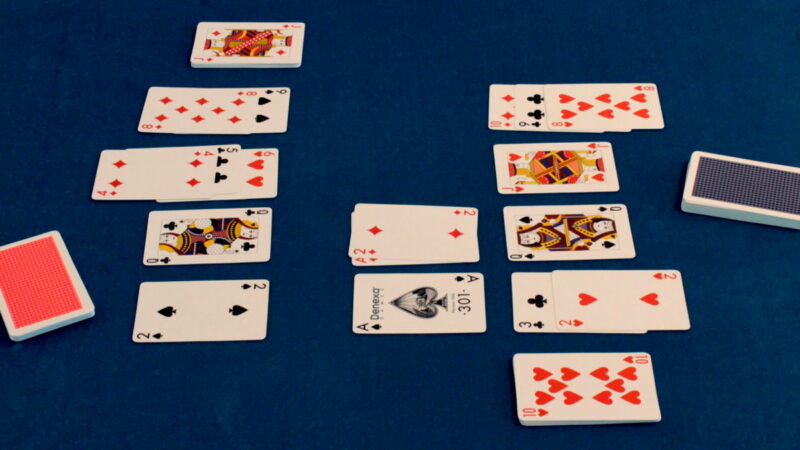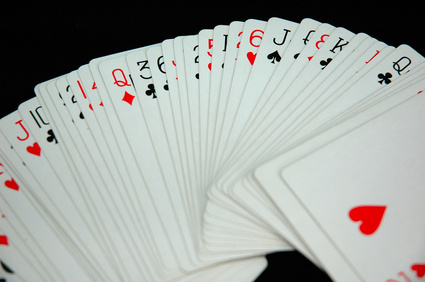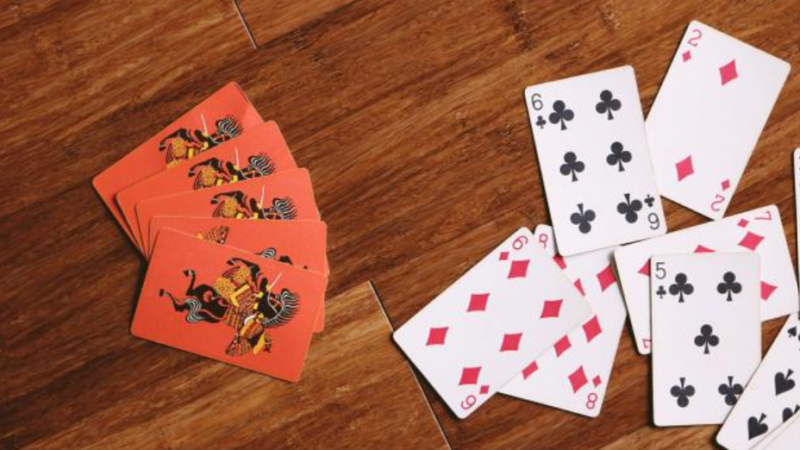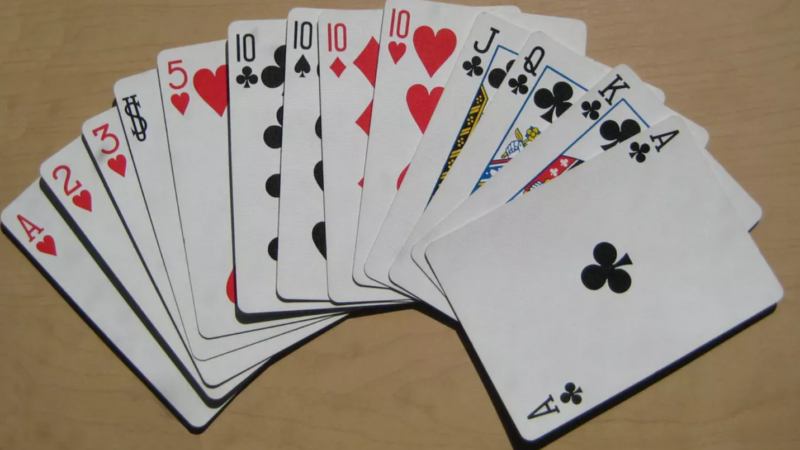Title: Mastering the Fun: A Comprehensive Guide on How to Play the 31 Card Game
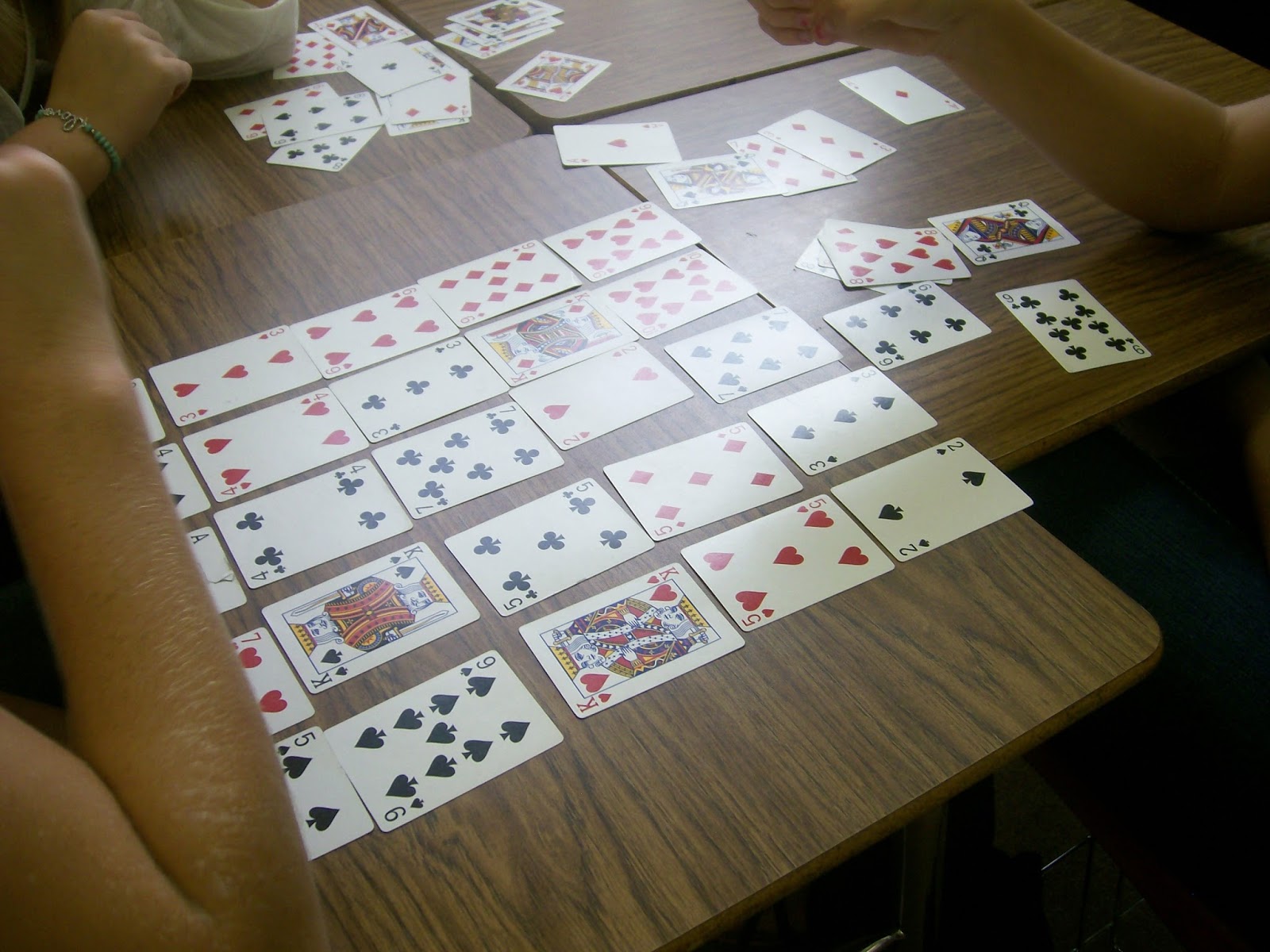
31 Card Game : Card games are filled with many options, from classic favourites to innovative creations. One such intriguing game is the 31-card game, known for its blend of strategy, luck, and quick decision-making. Whether you’re a novice looking to learn the ropes or a seasoned player aiming to refine your skills, this comprehensive guide will walk you through the rules, strategies, and tips to master the art of playing the 31-card game.
I. The Basics: Understanding the Rules
- Objective: The primary objective of the 31-card game is to gather a hand of three cards with the same rank, suit, or a combination of both that adds up to 31 points or a total higher than your opponents. The game is usually played among 2 to 7 players.
- Card Values: The game utilizes a standard deck of 52 cards. The values of the cards are as follows:
-
- Face cards (Jacks, Queens, and Kings): 10 points each.
- Ace: 11 points.
- Number cards: Their face value (e.g., 2-10).
- Deal and Gameplay:
-
- Each player is dealt three cards initially.
- Players take turns in a clockwise manner.
- The player to the left of the dealer starts the game.
- A player can draw a card from the deck or the discard pile on each turn.
- After drawing, the player discards a card to end their turn.
- Knocking:
-
- When a player believes their hand is worth 31 points or close to it, they can choose to “knock.”
- The other players have one more round before the game ends.
- All players then reveal their hands, and the player with the lowest score loses a life (if lives are being used).
- Scoring:
-
- Players receive a point if they have a hand totalling 31 points.
- If a player has three cards of the same suit, the total is 30.5 points, and they can knock immediately.
- A player loses a life if they have the lowest hand value after a knock.
II. Advanced Strategies: Acing the Game
- Managing Cards:
-
- Keep track of discarded cards to estimate the value of unclaimed cards.
- Remember which cards have been drawn to avoid trying to collect a card already out of play.
- Risk vs. Reward:
-
- Strive for 31 points, but also consider knocking early with strong hands to prevent opponents from improving their hands.
- Weigh the odds before knocking – if you’re confident that your hand is the lowest, knocking can be a strategic move.
- Bluffing:
-
- Bluffing about your hand’s strength can occasionally throw off opponents and lead them to knock prematurely.
- Observing Opponents:
-
- Watch opponents’ reactions to cards – you can gauge their hand’s strength by their expressions.
- Keep track of players who tend to discard certain cards; this can inform your strategy.
III. Essential Tips for Success
- Practice Patience:
-
- The game combines skill and luck, so don’t get discouraged by bad hands. Your fortunes can change quickly.
- Stay Engaged:
-
- Even when you’re not an active player, remain attentive. Discarded cards can shape your strategy.
- Adapt and Learn:
-
- Pay attention to strategies used by experienced players. Adapt and refine your tactics based on their successes.
Conclusion: The 31-card game is a thrilling amalgamation of strategy, mathematics, and psychology, making it a favourite among card enthusiasts. By grasping the rules, honing your strategy, and learning from your experiences, you can become a skilled player capable of outwitting opponents and achieving 31 points with flair. So, gather your friends, shuffle the deck, and embark on a journey to master the art of the 31-card game. Remember, as with any game; practice makes perfect, so enjoy the process and revel in the excitement this game brings!
FAQs
What is the minimum and maximum number of players required to play the 31-card game? The 31-card game can be played with a minimum of 2 players and a maximum of 7 players. It’s important to note that the game’s dynamics can change based on the number of players involved. With more players, the competition for high-scoring hands becomes fiercer, while with fewer players, strategic decisions can play a more prominent role.
Can you explain the concept of “knocking” in the 31-card game?
“Knocking” is a key aspect of the 31-card game. When a player believes their hand is strong enough to compete or beat their opponents, they can choose to knock. This signifies that they are ending their turn and are confident in their hand’s value. The other players have one more turn to improve their hands before all players reveal their cards. Depending on the played version, the player with the lowest hand value loses a life or receives a penalty.
Is it possible to achieve a hand value of 31 points exactly?
Yes, achieving a hand value of 31 points is possible exactly. To do this, a player must have three cards of the same suit, with a total value of 31. This can be accomplished with a face card (10 points), an Ace (11 points), and a number card worth 10 points. Achieving exactly 31 points is considered the ideal scenario and often leads to an immediate win for that player.
How does the scoring system work in the 31-card game?
The scoring system in the 31-card game is relatively straightforward. Players aim to achieve a hand total of 31 points or higher than their opponents. If a player successfully achieves 31 points, they receive a point. Additionally, if a player has three cards of the same suit, their total is 30.5 points, and they can choose to knock immediately. After a knock, all players reveal their hands, and the player with the lowest hand value loses a life (or incurs a penalty). The game continues until a predetermined number of rounds or until one player remains with life intact.

